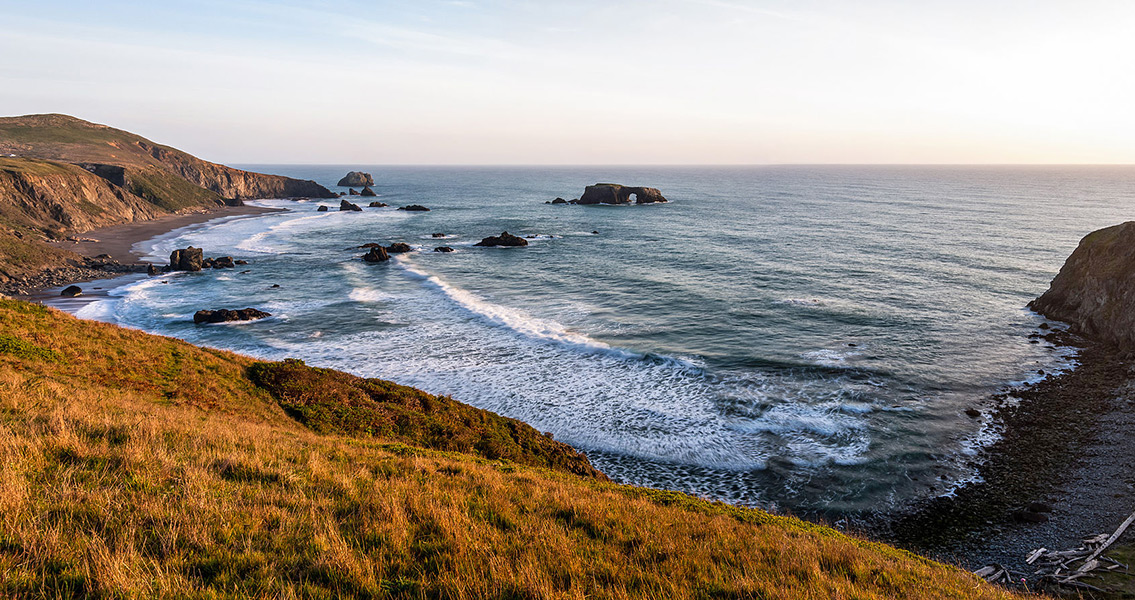<![CDATA[A pioneering study from the University of California has revealed new insights into the length of time it takes marine ecosystems to regain their balance after climate change. Up until now, it had been widely believed that it took the ocean floor somewhere in the range of centuries to recover from such events. Now, however, a team led by Sarah Moffitt has suggested it might take marine ecosystems as long as a few thousand years to cope with the consequences of climate change. The findings are important because they could allow scientists to forecast with greater accuracy how current climate transformations will impact marine life. The research focused on examining fossilised marine invertebrates taken from a sediment core sample extracted from the Pacific seafloor near Santa Barbara. This is what makes this study unique, since all previous research looking into the question of marine ecosystems and their reaction to climate changes has focused on just one class of single-cell marine organisms called Foraminifera. Moffitt’s team, however, chose to look into complex organisms instead, examining as many as 5,400 samples of species, ranging from sea urchins to clams, that lived between 3,400 and 16,100 years ago. The period covers eras before and after the last major deglaciation on Earth. The main characteristics of deglaciation include not just polar ice cap melting but also an expansion of areas in the ocean with lower oxygen content. The core sample told scientists that before deglaciation the seafloor in the area under study had abounded with a diverse range of marine life. However, this period of abundance was followed by a quick decline in biodiversity, with only a few invertebrate fossils found in the sediment layer corresponding to the period of lower than usual oxygen and higher than usual temperatures. What’s more, the data suggested that temperature and oxygen fluctuations do not have to be particularly major to have a significant, long-lasting effect on marine biodiversity. The implications of this study could be crucial for the future of marine life and ocean-dependent local economies. We are currently experiencing a period of climate change that features rising average temperatures changing the oxygen level of seawater. Some coastal communities are already having their livelihoods affected by the lower level of oxygenation, which is diminishing the diversity of marine life. What was not known until now, however, was how long it would take for the ecosystems to heal themselves. The news is bad, especially in light of the fact that truly effective measures aimed at curbing the devastating effect of climate change on marine life are lacking. Although many experts believe the current climate change that Earth is going through is the most rapidly progressing one so far because of human factors, the planet is no stranger to periods of dramatic global warming. The warmest period of all was the so-called 'Holocene Maximum', about 5,000 to 9,000 years ago, when average temperatures were about a degree centigrade higher than the current average. Over the last hundred years, average global temperatures have risen by 0.75 degrees centigrade, with ocean life being among the first and worst affected by dropping oxygen levels. Image courtesy of Wikimedia Commons user: Frank Schulenburg]]>
Oceans Take Millennia to Recover from Climate Change
